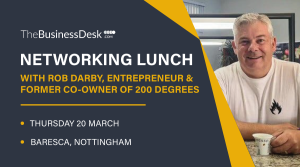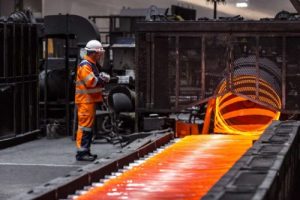Round table report: Putting processes in place for worker health protection
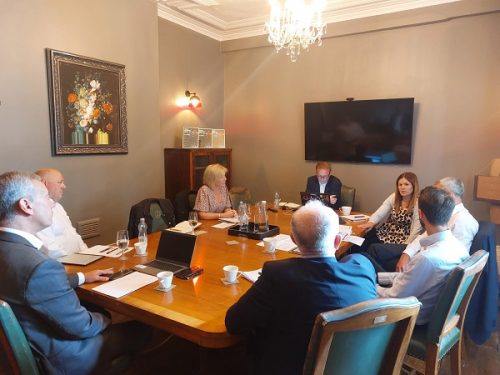
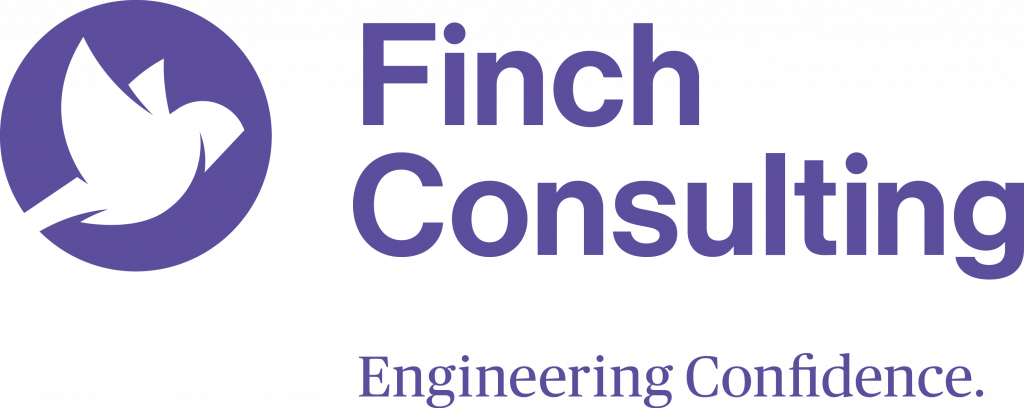
At this round table event, held at the offices of Tank PR in Nottingham, our panel discussed how business owners can help build resilience against civil health claims and enforcement, while protecting their workers from exposure to substances in the workplace.
We started the discussion by asking what initial steps a company should look to implement to ensure their staff are as safe at work as possible?
Morag McWilliam from Finch Consulting said: “It can sometimes be really basic, such as ensuring that employees understand the tasks they have to do – and how they can do them safely.”
However, said Ian Hart, this didn’t stop an incident at his firm, Adi. “There were individuals who weren’t following processes. What we find is that we have to train site supervision managers to look at stupidity of what their people are doing and the tasks they’re carrying out.”
Stephanie Dennis from Finch Consulting asked Hart whether or not this is because the employees in question simply couldn’t be bothered to carry out the task safely.
Hart, whose firm were exonerated by the Health and Safety Executive (HSE) over the incident, answered: “They were too lazy. It was people who had been doing the job for a long time.”
Louise Mansfield from Bevan Brittan said: “We’ve never had a case where someone hasn’t been done something stupid.”
Mike Dickinson of Russell Scanlan agreed, and added: “It’s nearly always down to someone doing something they know they shouldn’t be doing.”
Chris Green of Keoghs said that although the duty is on an employer to ensure the safety of its staff, HSE is a little more alive to the fact that employees do make mistakes.
The discussion turned to the fact they employers need to put in writing their entire health and safety protocol – and why this was more important than ever.
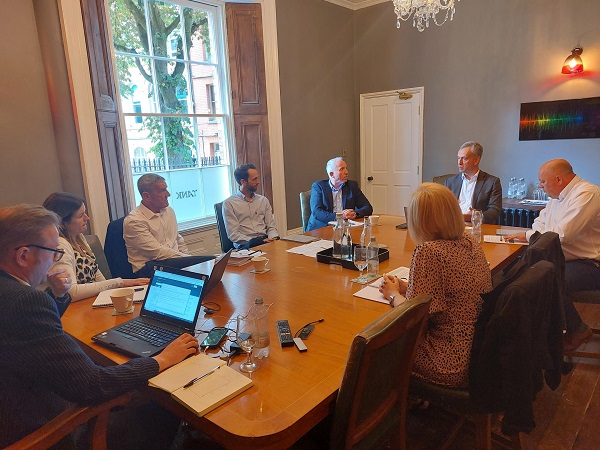
Mansfield said the key to understanding was to be found is company culture and human behaviour. “Humans do the quickest and easiest thing,” she said.
Tom Fletcher of Charnwood Molecular said that it came down to perception of risk. “If people have been doing the same thing over and over again and there hasn’t been incident, they tend to think it’s safe.”
Talk turned to how compliant employees with health and safety regimes, in general.
Malcolm Lawson of recycling firm Willshee’s said it was a cultural issue. He added: “One of the benefits of our industry is that we can be there in front of staff at 7am each morning and, if needed, we can go through a toolbox talk.
“The frustration comes from having to repeat ourselves all the time. I think staff do feel sometimes that they have to listen to simply tick a box.”
Mansfield said she thought toolbox talks needed to be more engaging. “They should be more interactive and memorable; perhaps by including some speakers who have been through an incident.”
Lawson’s company also had an incident on sight, five years ago. He added: “For the new few days near misses come down, but then people tend to revert to type.”
Hart said: “Younger people are more inclined to follow health and safety protocols – it’s the older generation who are set in their ways, in general.
McWilliam said that employees need to understand what’s in it for them to continue to be safe at work. She said: “If they understand that they won’t be able to lift their children or grandchildren up, or they won’t be able to spend time on the golf course then adherence would be a lot higher.”
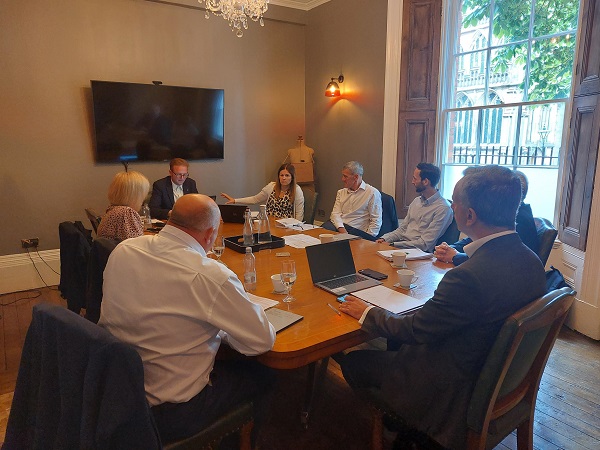
McWilliam welcomed this, saying: “That’s a great way of making employees feel more valued and want to stay.”
The old trope of ‘health and safety gone mad’ has been with us for decades now – but is it becoming a thing of the past?
Lawson said: “Not entirely. When get to the stage of supervisors watching others to make sure others are doing their job – that’s a huge cost burden. However, we do manage to poach staff from smaller competitors because they don’t, on the whole, care about health and safety.”
Fletcher said he didn’t agree with “health and safety gone mad”. He added: “In the past it was ‘it’s my way or the highway’ – we can’t have that attitude.”
Dickinson said that, during Covid businesses looked very closely at how they functioned, but I’m not sure it’s a time in history we want to cling onto. And, of course, there are certain industries where the pandemic made no difference at all.
Green said he thought that those in senior positions were made to think a little more during the pandemic. He added: “At board level people began to realise why health and safety was important.”
For Fletcher, he and his team were literally learning on the day. he said: “Our board was heavily involved in ideas and the pandemic made us think more practically. On the flip side, trying to police how people were wearing face masks felt really awkward.”
Mansfield thought the pandemic had changed behaviours. “We did alter the way we work. We do a lot less travel, for example.
We ended the conversation by asking each panellist what one piece of advice would they would give to a business owner looking to try and encourage staff health protection?
Mansfield believed it “had to be lead from the top.”
Lawson said: “Don’t tell your supervisors what they should be doing – make them part of it.”
Fletcher: “It’s all about the why. Connect with people and get them to ask ‘why?'”
Hart said consistency and regularity were key. “Get people to do things time after time,” he said.
Green said it was all about learning from mistakes, adding: “Really get to the bottom of what went wrong – and don’t have a repeat accident.”
Dickinson said: “Don’t be afraid to ask. Lot of insurers will offer consultations – use them.”
McWilliam summed up by saying: “Communication at all levels is key – as is knowing what happens during near miss. One size doesn’t fit all – it’s all about finding a hook that helps the message stick.”
Panel:
Sam Metcalf, TheBusinessDesk.com
Morag McWilliam, Finch Consulting
Stephanie Dennis, Finch Consulting
Mike Dickinson, Russell Scanlan
Chris Green, Keoghs
Malcolm Lawson, Willshee’s
Ian Hart, Adi
Louise Mansfield, Bevan Brittan
Tom Fletcher, Charnwood Molecular


